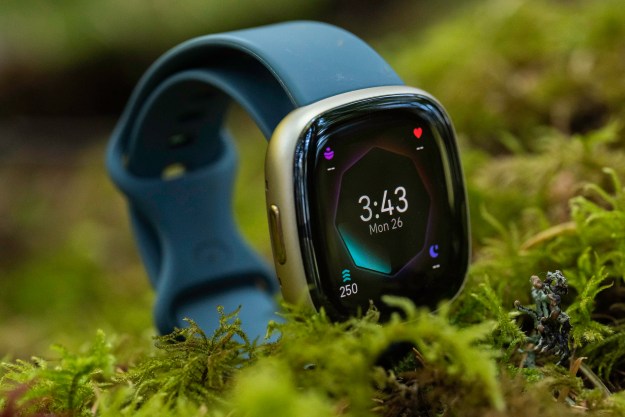
The opinion, handed down by U.S. Magistrate Judge M. David Weisman, has some of its roots in a search warrant uncovered by Forbes back in May 2016. The warrant, executed by federal officials, compelled folks in a Lancaster, California building to apply their fingerprints in order to unlock phones the police believed contained evidence of a crime. The news outlet has since uncovered similar warrants, all of which allowed similar access to devices.
Fast forward to 2017, when the government submitted a similar warrant application to an Illinois federal court as part of a child pornography investigation. According to the court, the application did not do enough to establish probable cause sufficient to permit the government to compel anyone at the location to give up their fingerprints to unlock a collection of phones suspected of containing evidence of crime. As such, the application ran afoul of the Fourth Amendment.
“This Court agrees that the context in which fingerprints are taken, and not the fingerprints themselves, can raise concerns under the Fourth Amendment,” reads Weisman’s opinion. “In the instant case, the government is seeking the authority to seize any individual at the subject premises and force the application of their fingerprints as directed by government agents. Based on the facts presented in the application, the Court does not believe such Fourth Amendment intrusions are justified based on the facts articulated.”
Weisman also opined that the warrant application potentially clashed with the Fifth Amendment protection against self-incrimination as well. As The Washington Post notes, someone indirectly admits that a phone belongs to them in the event that they respond to an order by picking a finger that was selected to unlock a phone.
“Essentially, the government seeks an order from this Court that would allow agents executing this warrant to force ‘persons at the Subject Premises’ to apply their thumbprints and fingerprints to any Apple electronic device recovered at the premises,” reads Weisman’s opinion.
On a more granular level, the application makes no specific mention of which devices at the premises would be searched, with only the vaguest mention that “it is likely” Apple devices will be found.
The decision has the interesting effect of pairing fingerprints with digital evidence when it comes to warrants, though it also implies that such warrants can be granted if issues with the Fourth and Fifth Amendments are somehow rectified.
Editors' Recommendations
- Does the iPhone 14 have a fingerprint sensor? Here’s what happened to Touch ID
- Israeli company claims it can unlock any iPhone up to iOS 12.3 for police


